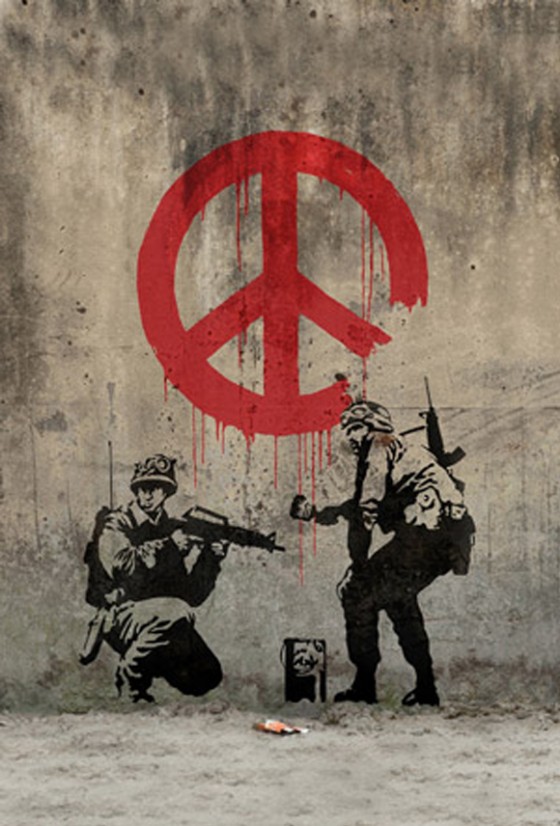Nonviolence: Doctrine or Technique?
by Theodor Ebert
Editor’s Preface: This unpublished essay, by an eminent Christian pacifist and theorist, was a paper presented at the Study Conference on Nonviolent Solutions of Conflict with Special Reference to Germany and Berlin. It was held in Offenbach, Germany, in August 1964 under the joint auspices of War Resisters’ International, and is another in our series of rediscoveries from the WRI archive. Please see the notes at the end for further archival references and biographical information about the author. JG

Image courtesy vjai.com
In March 1964 a collection of articles was published in London under the title ‘Civilian Defence’ in which Adam Roberts, Jerome Frank, Arne Naess and Gene Sharp discussed the possibilities of meeting invasion or coup d’état by nonviolent resistance. Adam Roberts in his introductory contribution states, ‘All the authors of the articles in this booklet consider that nonviolent action should be judged not in terms of a doctrine, which one may accept or reject, but as a technique, the potentialities of which in particular situations demand the most rigorous and careful study.’
It should be the task of science, even at the risk of shocking public opinion and making ‘creative misunderstandings’ more difficult, to reveal the doctrinal background of such a technique, i.e. to explain the ideas of the leaders of nonviolent resistance campaigns who, in deference to the outside world, pretended to be mere technicians of nonviolent action or who, at best, called themselves ‘practical idealists’ with the accent on ‘practical’.











